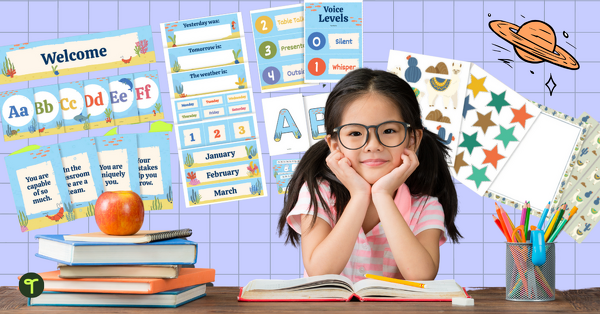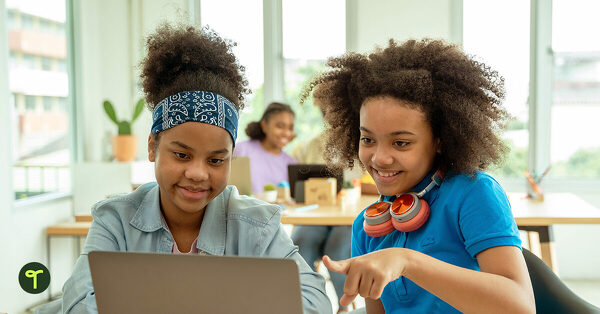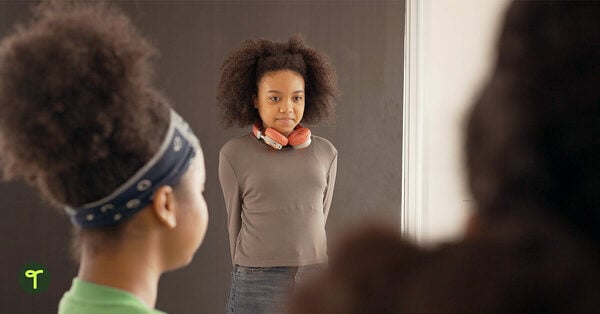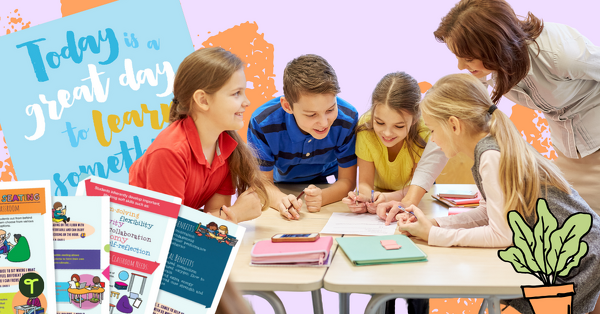The early part of 2022 has presented new challenges for teachers and students alike from surging COVID-19 cases in sections of the United States to debates overmasksand vaccines. Now the Russian invasion of Ukraine has adults on edge, keeping at least one eye on Eastern Europe at all times to stay abreast of the unfolding tragedy. And as much as adults may be trying to shield children from the news of war, make no mistake: Kids are listening.
So what can teachers do when students bring up the Ukrainian crisis? How do you talk to kids about what’s going on in Ukraine, especially if they’re nervous or afraid?
How to Talk to Students About Ukraine
Talk to the Parents
News of the Russian attacks on Ukraine are everywhere, and the TV is often on in many households with statistics from 2016 showing thetelevision is alwaysor almost always on in 42 percent of homes with young children — even if no one is watching. That news is typically hard to process for elementary students, said Phyllis Fagell, a certified professional school counselor who works at a K-8 school in Maryland and is author of the bookMiddle School Matters.
“父母可能需要一些心理教育,”Fagellnoted. “They might not be aware that, developmentally, a kid who is 11 or younger can’t process news about violent events.”
Students in elementary school may think that the news they’re seeing means they’re in immediate danger, Fagell explained, or they may incorrectly believe the events on TV are happening in their own communities. Seeing the same events covered on different channels may also make children think there are multiple events.
While you cannot police what parents are watching on TV at home or listening to on the car radio on the drive to school (nor should you!), addressing children’s developmental levels can help set a tone if you have anxious students in class and you’re sharing your concerns with parents. You aren’t attacking the parents or their choices; instead, you’re educating them on childhood development.
Suggest parents talk to their children about their fears — as opposed to just telling kids there’s nothing to worry about — explaining that talking about stressful situations has been scientifically proven as a method forreducing stressover a situation.
Address Kids’ Fears and Confusion
If children have already seen or heard about the Ukrainian crisis, they can’t unsee it, and they may well be bringing those anxieties to school. When that happens, Fagell suggests taking your cues from your students.
“Aim to be reassuring, answer the questions they ask, not the questions you think they’re asking,” she said.
It’s also important to clear up any misconceptions the child or children may have while remaining calm and neutral. While the news may have you on edge as well, try to keep that out of your voice so that the kids feel safe, stressing that they are in a building full of adults who are doing everything they can to keep them safe each day.
It may be helpful to show students where Ukraine and Russia are on aworld mapto help them make sense of how the location of the conflict relates to their current location. With older elementary students, you may turn directly to child-appropriate news to help clear up those misconceptions and also facilitate learning. TheNBC Nightly News Kids Edition, for example, has several kid-friendly news reports on the Ukrainian conflict.
This video is a great start:
Combat Misinformation
In addition to the confusion kids often experience because they don’t yet have the skills to fully understand what’s being said on the news, there are many kids who may be picking up incorrect information on social media. Popular platforms like TikTok have experienced surges inmisinformation and disinformationabout Ukraine in recent weeks, and students may be sharing what they’ve “learned” with their classmates.
Having solid — and factual — information at the ready can help not only to ensure students are sharing facts but also to open up conversations in the classroom about sourcing information fromprimary, secondary, and tertiary sourcesand evaluating the reliability of different information.
Pay Special Attention to Your Students’ Backgrounds
Look around your classroom. Do you have students with Ukrainian or Russian families? It’s highly possible — Ukraine andRussiaboth are among a list of countries with the highestemigration levelsin the world.Russian Americansand乌克兰的美国slive all around the United States, with concentrations of people from those areas most common in the New York tri-state area, California, and Illinois.
这些关系可以为孩子创建不同的焦虑in the classroom.
“While some kids are worried because they have ties to Ukraine, others are worried they’ll be targeted because their family is Russian,” Fagell notes. “It’s important to remind students to be respectful to one another.”
If you’re addressing the crisis, choose your words carefully so as not to heighten these concerns. For example, instead of saying “The Russians have attacked Ukraine,” make clear that this is a move by the Russian government, not the Russian people. You’ll also need to keep a close eye out for bullying or retribution-type behaviors against students with ties to Russia, and address these actions immediately.
Students who have family in or from either country may wish to speak during class discussions. This can be a great addition to the discussion, but be sure not to force kids to speak on the topic simply because they have ties to Russia or Ukraine.
Lean Into the Educational Aspect
How many times have you heard “But why do I need to know this?” or “When am I ever going to use this”? Teachers with older elementary school students may find that Ukraine fits right into current lessons — be itmap skillsor world history — and talking about the crisis is a good way to stress the importance of knowing about what goes on far beyond your school or town.
When teaching about Ukraine, be sure to use Ukrainian transliterations — rather than Russian-derived terms — such as referring to the capital city asKyiv instead of Kiev.
Call on Your School Counselor
Whether it’s a child who is anxious about something they saw on the news or a student who is worried about family, your school counselor or guidance department are always good resources. Don’t forget to call on them if you feel a student could use a little extra help outside the classroom.





